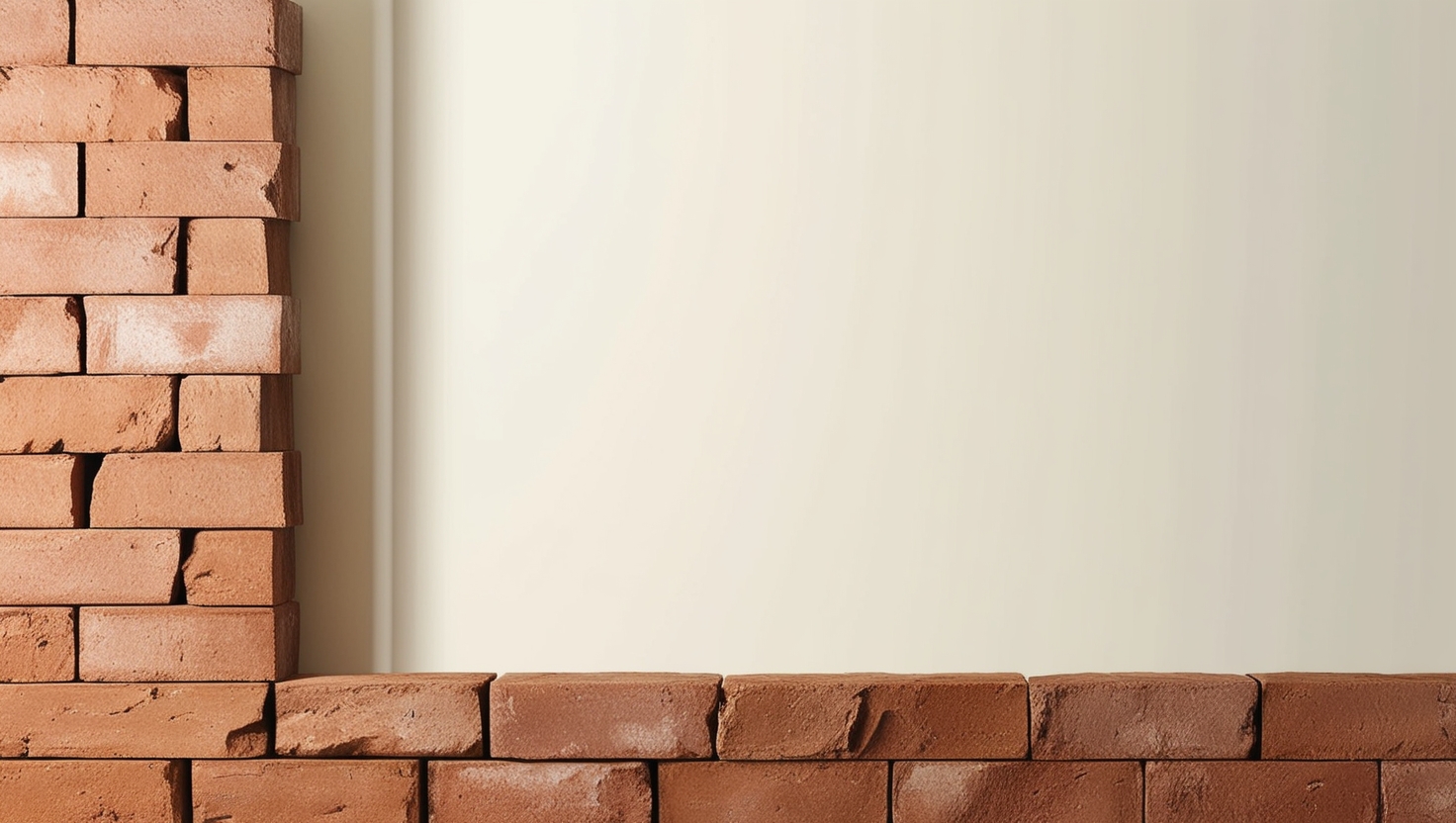Picture this: You’ve spent hours creating a brilliant video, a catchy blog post, or an innovative piece of art and shared it online. A week later, you discover someone else has posted your work on their website without your permission, claiming it as their own. Frustrating, right? Well, that’s where the DMCA comes swooping in like a digital superhero, protecting your content from copyright infringement. But what exactly is a DMCA takedown, and how does it work?
The DMCA (Digital Millennium Copyright Act) is a U.S. law passed in 1998 that aims to protect copyrighted material in the age of the internet. One of the most important tools under this law is the DMCA takedown notice—a formal way for content creators to request that their copyrighted work be removed from websites or platforms that are using it without permission. It’s a safeguard for creators and a nightmare for those who mistakenly (or maliciously) swipe others’ content.
How Does a DMCA Takedown Work?
At its core, the DMCA takedown process is simple but powerful. Here’s how it works step by step:
Identify the Infringement: If you find that someone has copied your work without permission, you can initiate a DMCA takedown. Common examples include your images, articles, videos, or music being used on another site or platform.
File the DMCA Takedown Notice: You send a formal request to the platform hosting the infringing content, asking them to remove it. This notice must include specific details like your contact information, a description of the copyrighted work, and a statement asserting that you’re the rightful owner or have authorization.
Wait for Action: Once the platform (like YouTube, Instagram, or a hosting provider) receives the notice, they generally have to take down the infringing content promptly. Most major platforms have DMCA procedures baked into their operations, so they’re usually quick to respond.
Counter-Notice: The alleged infringer has the right to file a counter-notice if they believe the takedown was a mistake or they have the right to use the material. If that happens, the content can be restored unless the original copyright owner pursues further legal action.
Potential Legal Action: If both parties can’t resolve the issue through takedown notices and counter-notices, the matter could escalate to court, where a judge will decide whether copyright infringement actually occurred.
The Good and the Bad
A DMCA takedown is a fast, easy way to protect your work, but it’s not without flaws. For starters, it’s only valid in the U.S., though many international platforms follow similar procedures. Another downside is that DMCA takedowns can sometimes be abused. For example, a competitor might file a notice falsely claiming ownership of your work just to get your content removed temporarily. Platforms usually remove first and ask questions later, which can be frustrating if you’re on the receiving end of a wrongful takedown.
That said, DMCA takedowns are an invaluable tool for creators trying to protect their intellectual property online. They’ve become the internet’s version of copyright cops, patrolling the wild world of digital content.
How to Protect Yourself from a DMCA Takedown
While a DMCA takedown is useful for those whose work has been stolen, it’s a headache if you’re the one receiving it. To avoid finding yourself on the wrong side of a takedown notice:
Use Original Content: Always create and post your own work, or if you must use someone else’s, make sure you have permission or the proper licensing.
Credit the Source: If you’re using material that falls under fair use, always give proper attribution. Though crediting alone won’t protect you legally, it’s a good practice that shows respect for the original creator.
Familiarize Yourself with Copyright Laws: Understand what you can and can’t use, especially when it comes to images, music, and video clips. Just because something is on the internet doesn’t mean it’s free to use!
Conclusion
The DMCA takedown is like a digital cease-and-desist, safeguarding creative works from unauthorized use. It’s a powerful tool in a creator’s arsenal, defending the sanctity of original content in the often chaotic landscape of the internet. While it’s not perfect and can be abused, it provides a streamlined way for artists, writers, and creators to reclaim control over their intellectual property.
So the next time you see your work floating around on the web without your blessing, remember: the DMCA takedown is just a few clicks away. The internet may be vast, but your rights as a creator are just as mighty!








